1-800-832-7191
Our Boating Blog
Knowledge Building for Boaters of All Levels
There is always something new to learn in the boating world!
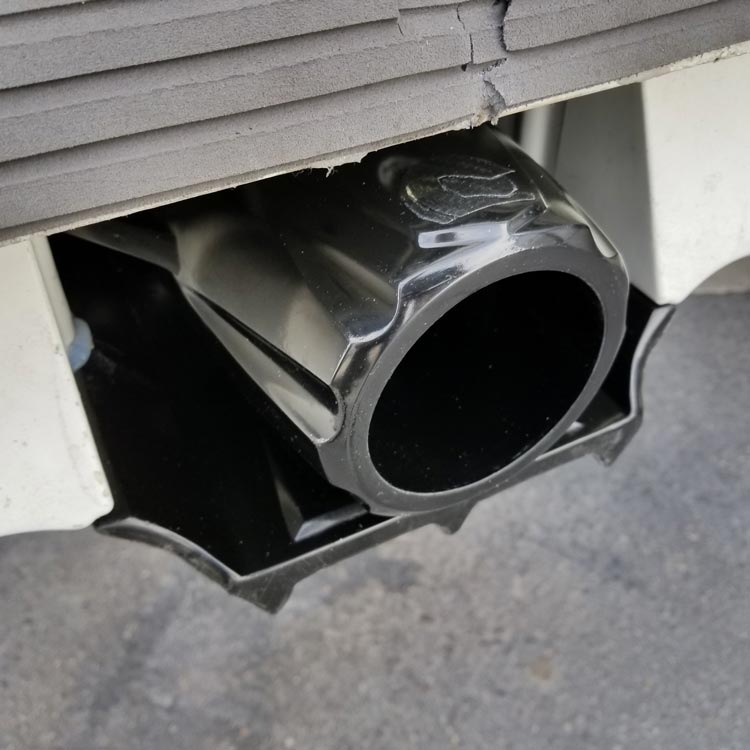
Basics of PWC Steering
July 2, 2025
It’s different with a PWC! Understanding the Basics of PWC Steering is vital. Personal Watercrafts (PWCs), like Jet Skis and Sea-Doos,...
It’s different with a PWC! Understanding the Basics of PWC Steering is vital. Personal Watercrafts (PWCs), like Jet Skis and Sea-Doos,...
Read More
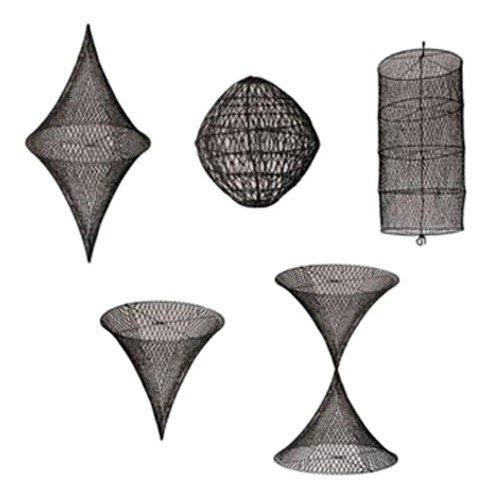
Marine Day Shapes
June 23, 2025
Understanding Marine Day Shapes: The Language of the Sea When navigating the open waters, communication is key. Not just through...
Understanding Marine Day Shapes: The Language of the Sea When navigating the open waters, communication is key. Not just through...
Read More

Operating Personal Watercrafts
June 16, 2025
Ride Smart & Safe: Tips for Operating Personal Watercrafts Operating Personal Watercrafts (PWCs), such as Jet Skis, Sea-Doos, and WaveRunners,...
Ride Smart & Safe: Tips for Operating Personal Watercrafts Operating Personal Watercrafts (PWCs), such as Jet Skis, Sea-Doos, and WaveRunners,...
Read More
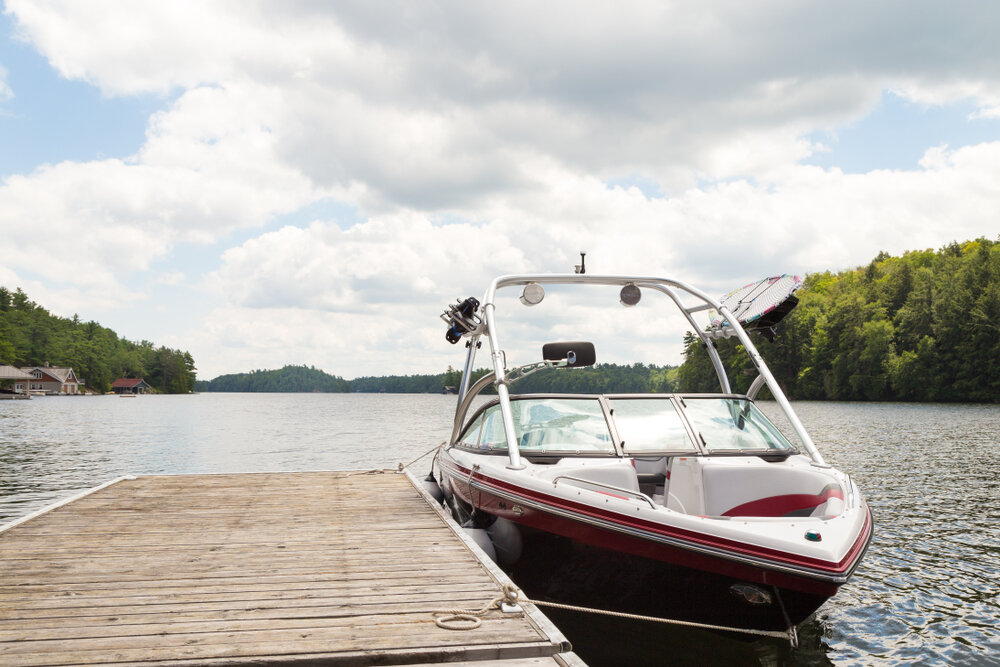
Docking Tips for Boaters
June 15, 2025
Mastering the Art of Coming Ashore and Docking Docking tips for boaters can be extremely helpful. Docking a boat can...
Mastering the Art of Coming Ashore and Docking Docking tips for boaters can be extremely helpful. Docking a boat can...
Read More
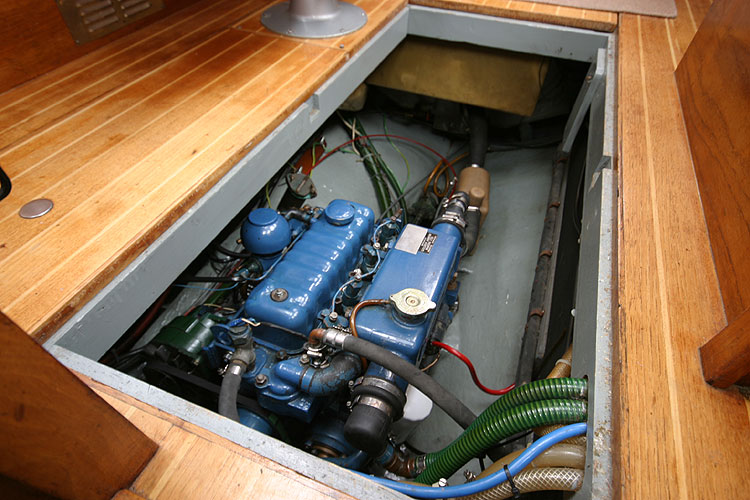
Inboard Operating Tips
June 9, 2025
🚤 Inboard Operating Tips for Boaters: Safe Operating Starts Here Whether you’re a seasoned captain or a weekend warrior, mastering...
🚤 Inboard Operating Tips for Boaters: Safe Operating Starts Here Whether you’re a seasoned captain or a weekend warrior, mastering...
Read More
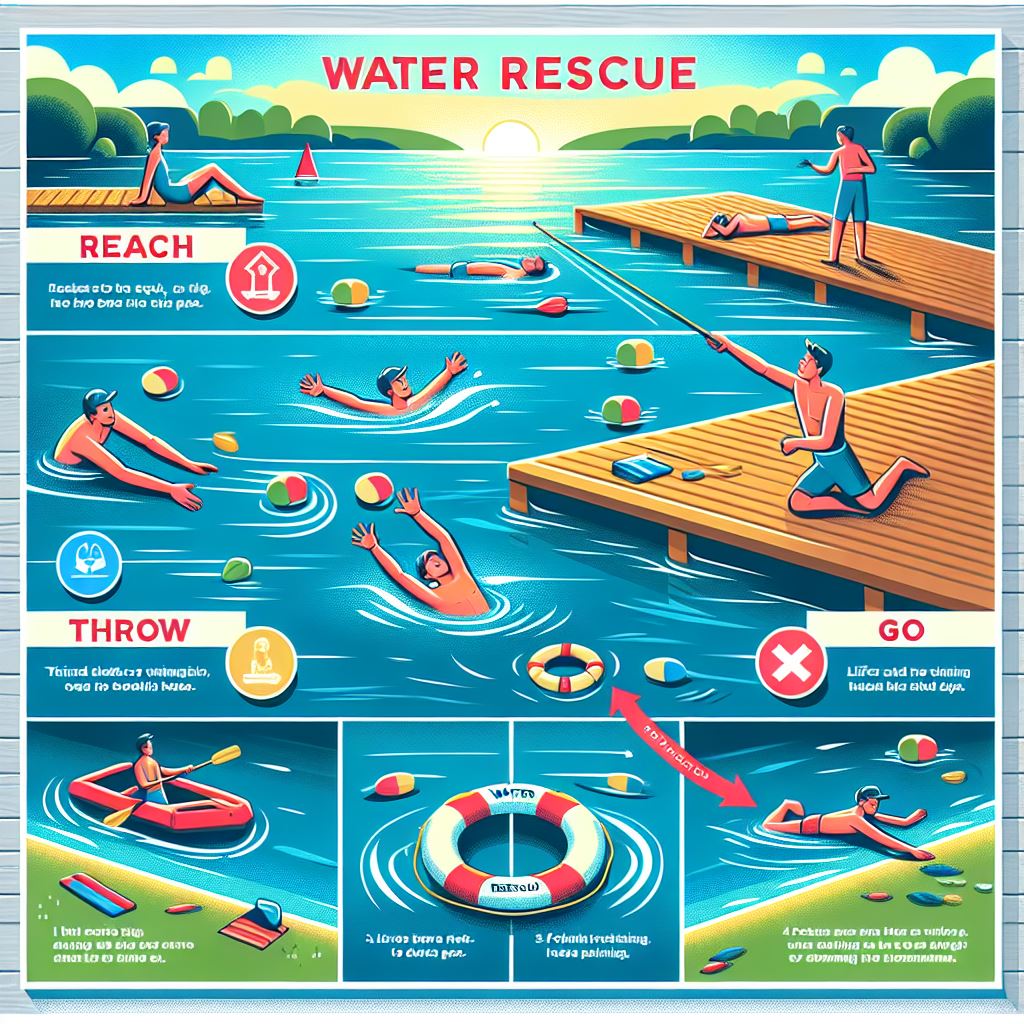
Reach Throw Row Go
June 5, 2025
Reach, Throw, Row, Go: The Smart Way to Save a Life When someone is struggling in the water, your instinct...
Reach, Throw, Row, Go: The Smart Way to Save a Life When someone is struggling in the water, your instinct...
Read More

Tides in Long Island Sound
June 2, 2025
The Tides in Long Island Sound Tides in Long Island Sound are challenging to say the least. The Sound connects...
The Tides in Long Island Sound Tides in Long Island Sound are challenging to say the least. The Sound connects...
Read More
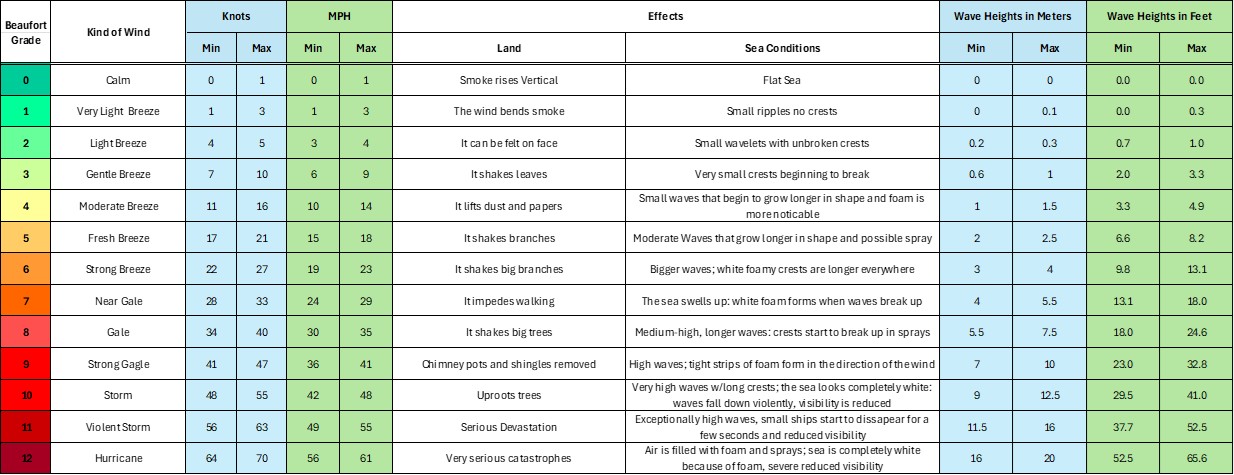
Stormy Boating Conditions
May 28, 2025
What to do in Stormy Boating Conditions. Stormy boating conditions can be a major challenge. In fact, a general rule...
What to do in Stormy Boating Conditions. Stormy boating conditions can be a major challenge. In fact, a general rule...
Read More

Paddling in Connecticut
May 27, 2025
Paddling in Connecticut: A Hidden Gem for Water Lovers Paddling in Connecticut, with its winding rivers, serene lakes, and scenic...
Paddling in Connecticut: A Hidden Gem for Water Lovers Paddling in Connecticut, with its winding rivers, serene lakes, and scenic...
Read More
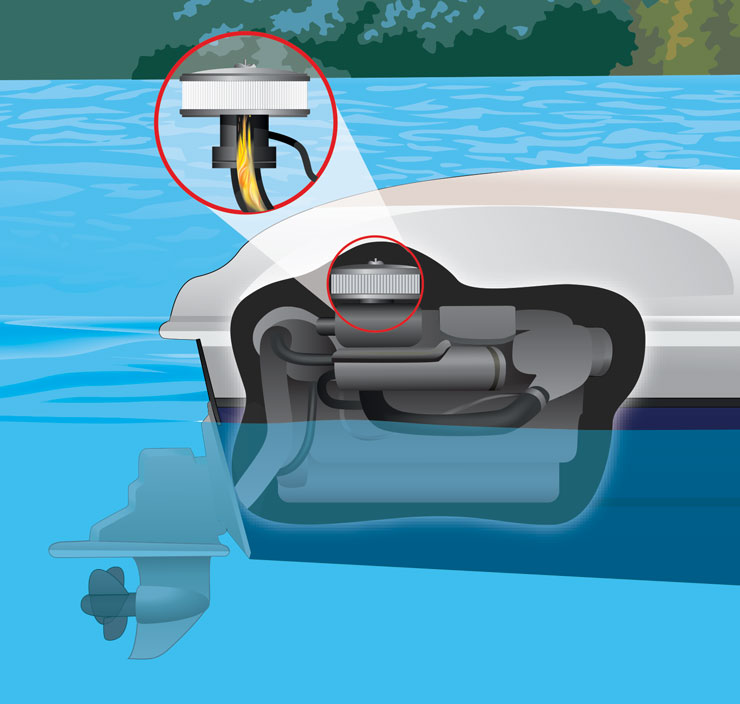
The Backfire Flame Arrestor (BFA)
May 13, 2025
The backfire flame arrestor is a critical safety device on boats, especially those with gasoline-powered inboard engines. Here’s a breakdown...
The backfire flame arrestor is a critical safety device on boats, especially those with gasoline-powered inboard engines. Here’s a breakdown...
Read More
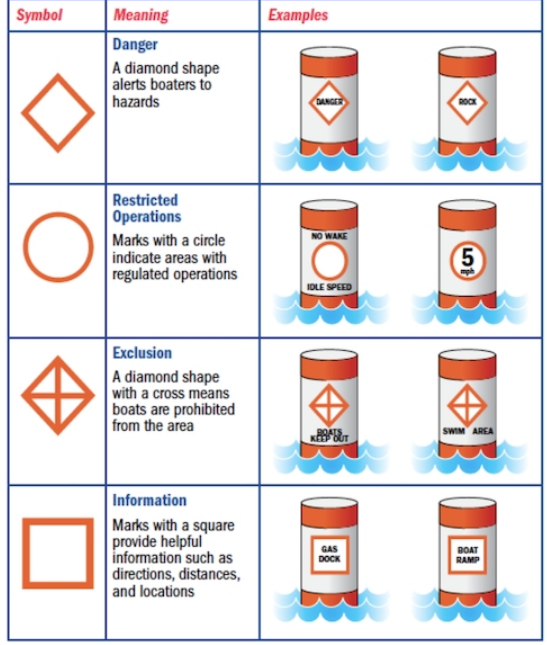
Regulatory or Informational Markers
April 8, 2025
Regulatory or Informational Markers are there for a reason. White and orange buoys and markers are often used in maritime...
Regulatory or Informational Markers are there for a reason. White and orange buoys and markers are often used in maritime...
Read More

General Sailing Safety
March 19, 2025
Sailing in Long Island Sound is a fantastic experience, but safety should always come first. Here are some general...
Sailing in Long Island Sound is a fantastic experience, but safety should always come first. Here are some general...
Read More

Mayday Calls
July 30, 2024
What Is a Mayday Call? Mayday calls serve as an internationally recognized distress signal used in emergencies. Mariners use it...
What Is a Mayday Call? Mayday calls serve as an internationally recognized distress signal used in emergencies. Mariners use it...
Read More
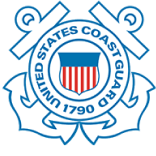
Lateral Aids: Buoys and Beacons
June 24, 2024
We like to start with “Buoys float and Beacons are fixed” Both can be found on your nautical charts. And...
We like to start with “Buoys float and Beacons are fixed” Both can be found on your nautical charts. And...
Read More
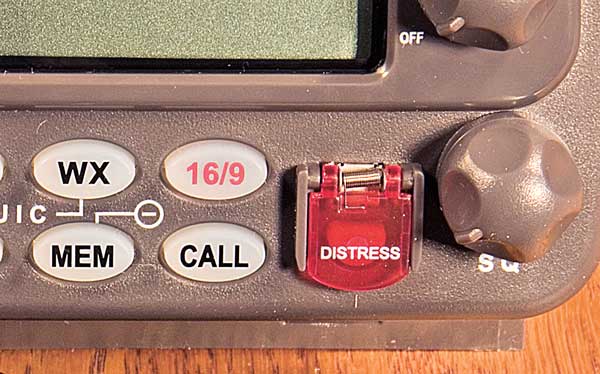
Digital Selective Calling
June 12, 2024
Digital Selective Calling: How it works by West Marine DSC “Digital Selective Calling” is a feature built into all Fixed...
Digital Selective Calling: How it works by West Marine DSC “Digital Selective Calling” is a feature built into all Fixed...
Read More
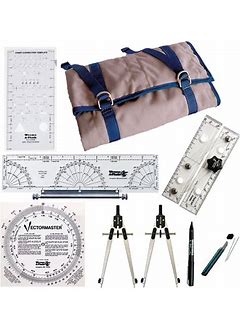
Connecticut Coastal Boater Endorsement
January 29, 2024
The Connecticut Coastal Boater Endorsement is a class offered by Connecticut Boating Certificates LLC covering basic navigation skills. The materials...
The Connecticut Coastal Boater Endorsement is a class offered by Connecticut Boating Certificates LLC covering basic navigation skills. The materials...
Read More
NASBLA 2022 Accomplishments
December 22, 2022
NASBLA 2022 Accomplishments Top 8! 1. RECORD DELIVERY OF BOAT PROGRAM COURSES The BOAT Program had a record setting...
NASBLA 2022 Accomplishments Top 8! 1. RECORD DELIVERY OF BOAT PROGRAM COURSES The BOAT Program had a record setting...
Read More

Clean Drain and Dry
October 26, 2022
Clean Drain and Dry The following is an article on the DEEP’s Website. What are Aquatic Invasive Species An increasing...
Clean Drain and Dry The following is an article on the DEEP’s Website. What are Aquatic Invasive Species An increasing...
Read More
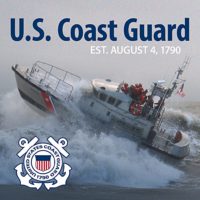
United States Coast Guard
October 18, 2022
The United States Coast Guard is our 5th branch of the military. This is a small excerpt from their site. ...
The United States Coast Guard is our 5th branch of the military. This is a small excerpt from their site. ...
Read More

Boating Tips for Beginners
September 6, 2022
Boating Tips for Beginners This article from the Boating for Beginners site in my opinion is a fantastic start for...
Boating Tips for Beginners This article from the Boating for Beginners site in my opinion is a fantastic start for...
Read More
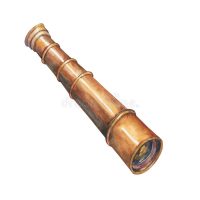
Keeping a Lookout
August 8, 2022
Keeping a Lookout. The following article from The American Boating Association discusses holidays, inspections, and being aware. The holidays and...
Keeping a Lookout. The following article from The American Boating Association discusses holidays, inspections, and being aware. The holidays and...
Read More
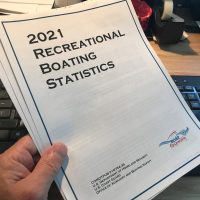
2021 Boating Accident Report Notables
July 27, 2022
What is this report? The 2021 Recreational Boating Statistics Report or often times referred to the “2021 Boating Accident Report”...
What is this report? The 2021 Recreational Boating Statistics Report or often times referred to the “2021 Boating Accident Report”...
Read More
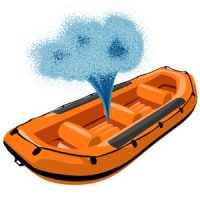
8 Safety Tips
July 11, 2022
8 Safety tips for you and your loved ones. The following article is an excerpt from National Oceanic and Atmospheric...
8 Safety tips for you and your loved ones. The following article is an excerpt from National Oceanic and Atmospheric...
Read More

Running Aground
June 13, 2022
Running Aground occurs when there is no longer deep enough water to float a vessel. This likely occurs due to...
Running Aground occurs when there is no longer deep enough water to float a vessel. This likely occurs due to...
Read More
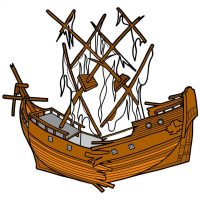
Reporting Boating Accidents
June 6, 2022
Reporting Boating Accidents can be a little tricky. Check out this blog to guide you through the process. The key...
Reporting Boating Accidents can be a little tricky. Check out this blog to guide you through the process. The key...
Read More

CT Boating Education FAQ’s
May 2, 2022
CT Boating Education FAQ’s is a hot topic. So here we go. Please visit the DEEP’s website to learn all...
CT Boating Education FAQ’s is a hot topic. So here we go. Please visit the DEEP’s website to learn all...
Read More
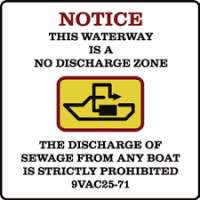
No Discharge Zones
April 26, 2022
No Discharge Zones: The following excerpt is from Connecticut DEEP’s website. Visit the page and read the full article here....
No Discharge Zones: The following excerpt is from Connecticut DEEP’s website. Visit the page and read the full article here....
Read More

Is Boating Fun
April 19, 2022
Is Boating fun? Well of course it is! You can check out the full article by Discover Boating by clicking ...
Is Boating fun? Well of course it is! You can check out the full article by Discover Boating by clicking ...
Read More

OSHA and Boating
April 12, 2022
OSHA and Boating are nothing new. What is Good Housekeeping on a boat? Good housekeeping implies that we always organize,...
OSHA and Boating are nothing new. What is Good Housekeeping on a boat? Good housekeeping implies that we always organize,...
Read More
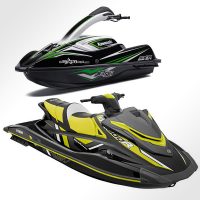
Personal Watercraft Regulations
March 29, 2022
This article on Personal Watercraft Regulations is well worth your time. Check the full article out at United Marine Underwriters....
This article on Personal Watercraft Regulations is well worth your time. Check the full article out at United Marine Underwriters....
Read More
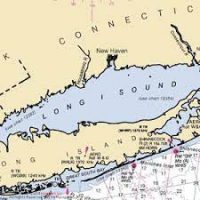
Long Island Sound
March 21, 2022
What Makes Long Island Sound Unique? Long Island Sound is 1400 square miles of estuary, a place where saltwater from...
What Makes Long Island Sound Unique? Long Island Sound is 1400 square miles of estuary, a place where saltwater from...
Read More
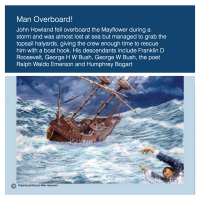
Falling Overboard
March 15, 2022
Falling overboard is a serious concern. Who is at risk? Falling overboard is nearly a daily occurrence in the commercial...
Falling overboard is a serious concern. Who is at risk? Falling overboard is nearly a daily occurrence in the commercial...
Read More

Documenting your Vessel
March 8, 2022
Should you be documenting your vessel? When going into the purchase of a vessel, lots of owners ask whether or...
Should you be documenting your vessel? When going into the purchase of a vessel, lots of owners ask whether or...
Read More
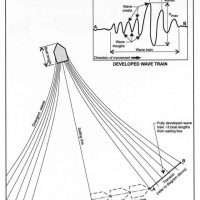
Your Boats Wake
March 1, 2022
Watch Your Boats Wake The following are excerpts from an excellent article by Randy Troutman on October 15, 2014 (link...
Watch Your Boats Wake The following are excerpts from an excellent article by Randy Troutman on October 15, 2014 (link...
Read More

Recreational Boating
February 21, 2022
The following article regarding Recreational Boating appears on the National Safety Councils site. With more than 11 million recreational vessels...
The following article regarding Recreational Boating appears on the National Safety Councils site. With more than 11 million recreational vessels...
Read More

Connecticut Harbor Masters
February 14, 2022
Connecticut Harbor Masters have quite the responsibility. The following excerpt is from the DEEP’s Boating Division. Indeed, some content has...
Connecticut Harbor Masters have quite the responsibility. The following excerpt is from the DEEP’s Boating Division. Indeed, some content has...
Read More
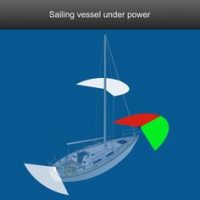
Sailboat Lights
February 3, 2022
Sailboat Lights can be confusing and usually need some explanation. Common Questions: Is the tri-color light all I need when...
Sailboat Lights can be confusing and usually need some explanation. Common Questions: Is the tri-color light all I need when...
Read More

Who is NASBLA
January 31, 2022
Who is NASBLA you ask…well they play a major role in modern day boating! Lots of our students have asked...
Who is NASBLA you ask…well they play a major role in modern day boating! Lots of our students have asked...
Read More

Virtual Boating Classes
January 18, 2022
Are Virtual Boating Classes worth it? Lots of people asking if virtual boating classes are worth it and yes, they...
Are Virtual Boating Classes worth it? Lots of people asking if virtual boating classes are worth it and yes, they...
Read More

Water Ski Jumps
January 12, 2022
What do you need to have Water Ski Jumps in Connecticut? The following excerpt is from the State of Connecticut...
What do you need to have Water Ski Jumps in Connecticut? The following excerpt is from the State of Connecticut...
Read More
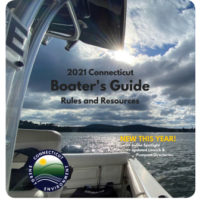
Connecticut Boaters Guide
January 3, 2022
The Connecticut Boaters Guide is a free publication. Its primary function is to enlighten boaters on what’s new in Connecticut. ...
The Connecticut Boaters Guide is a free publication. Its primary function is to enlighten boaters on what’s new in Connecticut. ...
Read More
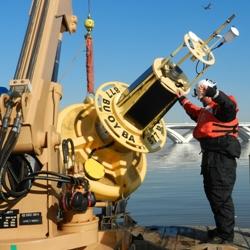
Aids to Navigation
December 15, 2021
What are Aids to Navigation? Aids to Navigation can provide a boater with information similar to those which drivers get...
What are Aids to Navigation? Aids to Navigation can provide a boater with information similar to those which drivers get...
Read More

Rendering Assistance
November 17, 2021
Rendering Assistance: What is your Obligation? Rendering assistance to a vessel in distress is requirement for all vessel operators. That...
Rendering Assistance: What is your Obligation? Rendering assistance to a vessel in distress is requirement for all vessel operators. That...
Read More

Operation Dry Water
November 2, 2021
OPERATION DRY WATER The following article is a direct excerpt from the NASBLA Operation Dry Water Home page. Most people...
OPERATION DRY WATER The following article is a direct excerpt from the NASBLA Operation Dry Water Home page. Most people...
Read More

The Beaufort Scale
October 18, 2021
What is the Beaufort Scale? The Beaufort scale, officially known as the Beaufort Wind Force Scale, is a descriptive table. ...
What is the Beaufort Scale? The Beaufort scale, officially known as the Beaufort Wind Force Scale, is a descriptive table. ...
Read More
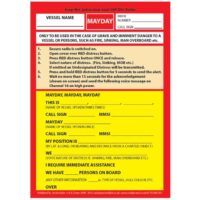
Mayday Call
September 29, 2021
Making a Mayday call will likely be stressful. Your VHF radio may be your only lifeline. The VHF may feature Digital...
Making a Mayday call will likely be stressful. Your VHF radio may be your only lifeline. The VHF may feature Digital...
Read More

Filing a Float Plan
September 22, 2021
The following excerpt is from the United States Coast Guard. Why should you take the time to prepare a Float...
The following excerpt is from the United States Coast Guard. Why should you take the time to prepare a Float...
Read More
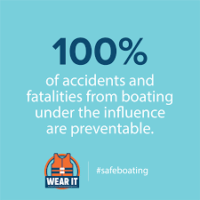
Boating Under the Influence
September 13, 2021
BOATING UNDER THE INFLUENCE (BUI ) IS JUST AS DEADLY AS DRINKING AND DRIVING The following is a re-post from...
BOATING UNDER THE INFLUENCE (BUI ) IS JUST AS DEADLY AS DRINKING AND DRIVING The following is a re-post from...
Read More
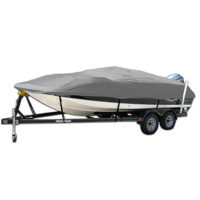
Winterizing a Boat
September 9, 2021
This article about winterizing a boat has been modified for our blog. We thank our friends at Discover Boating for...
This article about winterizing a boat has been modified for our blog. We thank our friends at Discover Boating for...
Read More
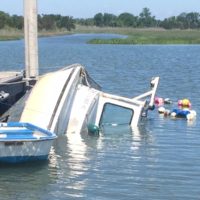
The Boating Pecking Order
September 3, 2021
Lots of people want to know how the Boating Pecking Order applies to everyday boating. It is a great question. ...
Lots of people want to know how the Boating Pecking Order applies to everyday boating. It is a great question. ...
Read More
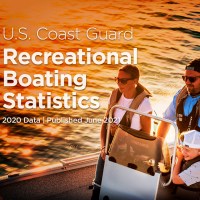
2020 Boating Accident Report Notables
August 3, 2021
FIRSTLY, What is this report? The 2020 Recreational Boating Statistics Report or often times referred to the “2020 Boating Accident...
FIRSTLY, What is this report? The 2020 Recreational Boating Statistics Report or often times referred to the “2020 Boating Accident...
Read More
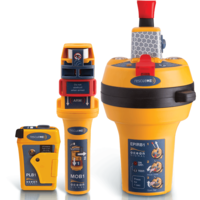
EPIRBS AND PLBS
July 26, 2021
WHAT ARE EPIRBS AND PLBS First of all EPIRBS and PLBS are acronyms. EPIRB stands for Emergency position indicating radio...
WHAT ARE EPIRBS AND PLBS First of all EPIRBS and PLBS are acronyms. EPIRB stands for Emergency position indicating radio...
Read More
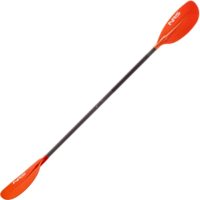
Paddling Safety Tips
July 15, 2021
Hello friends. We don’t get to spend a lot of time during our licensing class on Paddling. As a result...
Hello friends. We don’t get to spend a lot of time during our licensing class on Paddling. As a result...
Read More
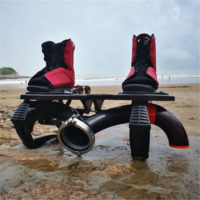
Fly Boarding
July 11, 2021
WHAT IS FLY BOARDING Fly Boarding is becoming a very popular sport. It is done by connecting a fly board,...
WHAT IS FLY BOARDING Fly Boarding is becoming a very popular sport. It is done by connecting a fly board,...
Read More

Nautical Charts and Boating
July 5, 2021
WHY USE A NAUTICAL CHART Nautical Charts and Boating go way back. They say that many boaters are judged by...
WHY USE A NAUTICAL CHART Nautical Charts and Boating go way back. They say that many boaters are judged by...
Read More

Areas of the Boat
June 14, 2021
What are the areas of the boat called? The areas of the boat are: Port (left side), Starboard (right side),...
What are the areas of the boat called? The areas of the boat are: Port (left side), Starboard (right side),...
Read More
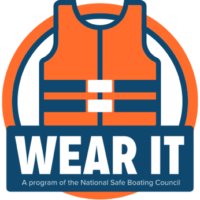
Life Jackets
June 7, 2021
HOW DO LIFE JACKETS SAVE LIVES? Life Jackets provide buoyancy. That is to say, the ability to float in water. ...
HOW DO LIFE JACKETS SAVE LIVES? Life Jackets provide buoyancy. That is to say, the ability to float in water. ...
Read More
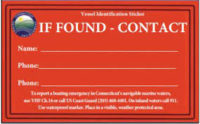
Abandoned Boat
June 1, 2021
The Abandoned Boat Process: The CT DEEP’s Marine HQ states the following. Abandoned Boat: Under Section 15-140c of the CGS,...
The Abandoned Boat Process: The CT DEEP’s Marine HQ states the following. Abandoned Boat: Under Section 15-140c of the CGS,...
Read More
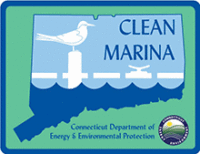
Clean Marina Program
May 24, 2021
It’s everyone’s job to keep our waterways clean. You can join the Clean Marina Program and be proud to do your...
It’s everyone’s job to keep our waterways clean. You can join the Clean Marina Program and be proud to do your...
Read More
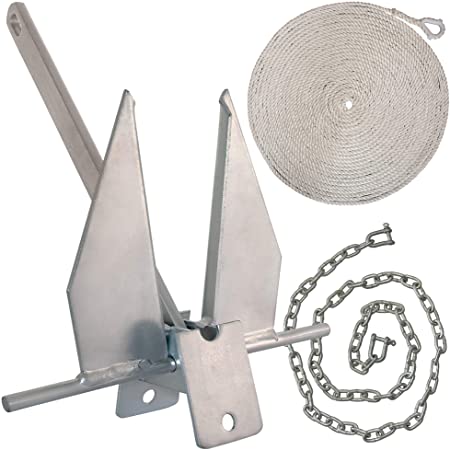
Anchoring a Boat
May 18, 2021
Anchoring equipment Let’s familiarize ourselves with the equipment when anchoring a boat. The Anchor Rode consists of all the pieces...
Anchoring equipment Let’s familiarize ourselves with the equipment when anchoring a boat. The Anchor Rode consists of all the pieces...
Read More
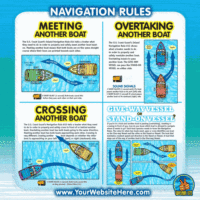
Navigational Rules for Boating
May 10, 2021
LETS GO OVER SOME BASICS When we discuss Navigational Rules for Boating keep in mind that above all, it is...
LETS GO OVER SOME BASICS When we discuss Navigational Rules for Boating keep in mind that above all, it is...
Read More

Safe Water Skiing Endorsement
May 3, 2021
WHAT IS THE SAFE WATER SKIING ENDORSEMENT The Safe Water Skiing Endorsement has been a part of Connecticut boating education...
WHAT IS THE SAFE WATER SKIING ENDORSEMENT The Safe Water Skiing Endorsement has been a part of Connecticut boating education...
Read More
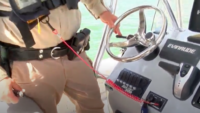
Engine Cut Off Switch
April 27, 2021
THE NEW LAW ON ENGINE CUT OF SWITCHES The United States Coast Guard announced on April 1, 2021 that the...
THE NEW LAW ON ENGINE CUT OF SWITCHES The United States Coast Guard announced on April 1, 2021 that the...
Read More
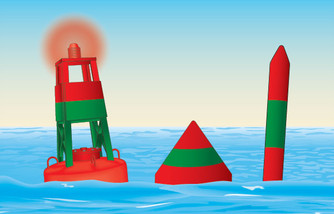
The Preferred Channel Buoys
April 16, 2021
PREFERRED CHANNEL BUOYS Ah the dreaded Preferred Channel Buoys, what are these beasts? This buoy sinks vessels in the blink...
PREFERRED CHANNEL BUOYS Ah the dreaded Preferred Channel Buoys, what are these beasts? This buoy sinks vessels in the blink...
Read More
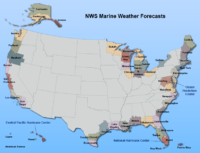
Boating and the Weather
April 5, 2021
DRESS FOR THE WEATHER WHILE BOATING Whether you are out on the lakes or on Long Island Sound weather plays...
DRESS FOR THE WEATHER WHILE BOATING Whether you are out on the lakes or on Long Island Sound weather plays...
Read More
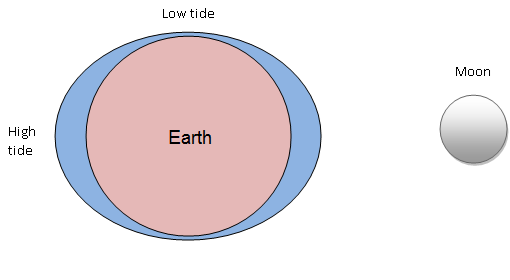
High and Low Tides…what should you know
March 30, 2021
WHAT IS HIGH AND LOW TIDE Tides are the vertical movement of water caused by the gravitational pull of the...
WHAT IS HIGH AND LOW TIDE Tides are the vertical movement of water caused by the gravitational pull of the...
Read More
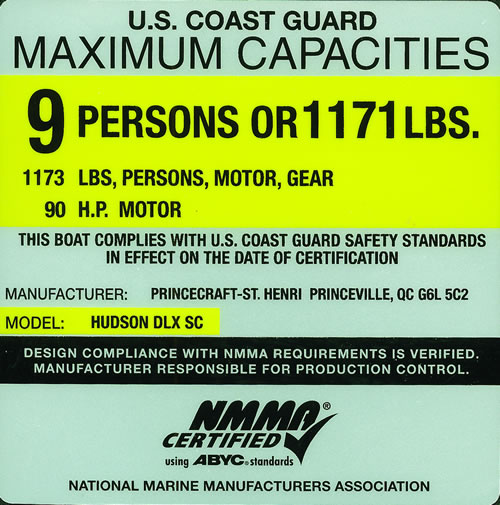
The Information on a Capacity Plate is Vital
March 23, 2021
WHAT IS THE CAPACITY PLATE The Maximum Capacities Label or Plate is required on powerboats less than 20 feet with...
WHAT IS THE CAPACITY PLATE The Maximum Capacities Label or Plate is required on powerboats less than 20 feet with...
Read More

Online Boating Courses are now being Taught
March 16, 2021
THANK YOU DEEP! The Connecticut DEEP approves online boating courses in 2021. When the pandemic hit, the DEEP acted quickly...
THANK YOU DEEP! The Connecticut DEEP approves online boating courses in 2021. When the pandemic hit, the DEEP acted quickly...
Read More
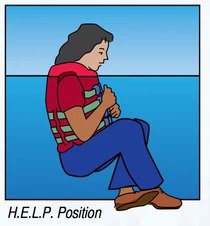
Hypothermia in Connecticut
March 21, 2019
Hypothermia is very real in CT We do cover this in class but this is the time of year people...
Hypothermia is very real in CT We do cover this in class but this is the time of year people...
Read More
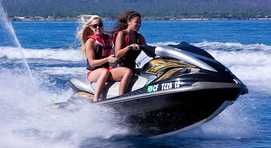
Age Restrictions for Boating
March 7, 2019
AGE RESTRICTIONS So everyone always asks what are the age restrictions for a boating, using a Personal Watercraft, and to...
AGE RESTRICTIONS So everyone always asks what are the age restrictions for a boating, using a Personal Watercraft, and to...
Read More
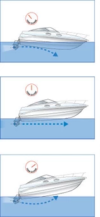
Trimming a Boat
July 23, 2018
What actually is Trim on a Boat? If you ask a bunch of boaters the question what is trimming a...
What actually is Trim on a Boat? If you ask a bunch of boaters the question what is trimming a...
Read More

No Discharge Areas
March 20, 2018
WHAT IS A NO DISCHARGE AREA No Discharge Areas or NDA is a federally designated body of water where the...
WHAT IS A NO DISCHARGE AREA No Discharge Areas or NDA is a federally designated body of water where the...
Read More
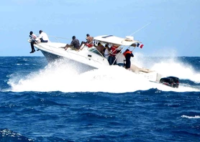
Bow Riding
May 17, 2016
IS CLOSED BOW RIDING ILLEGAL YES OR NO So you can’t answer this without a little tap dancing. For this...
IS CLOSED BOW RIDING ILLEGAL YES OR NO So you can’t answer this without a little tap dancing. For this...
Read More

Boating Accidents
May 2, 2016
STRAIGHT UP Boating accidents are nearly one hundred percent avoidable. Together we can improve the Accident Statistics this year by...
STRAIGHT UP Boating accidents are nearly one hundred percent avoidable. Together we can improve the Accident Statistics this year by...
Read More

Pollution in Connecticut Waters
April 18, 2016
TRUTH BE TOLD Pollution in Connecticut waters is an issue. It can be eliminated if everyone chips in. In short,...
TRUTH BE TOLD Pollution in Connecticut waters is an issue. It can be eliminated if everyone chips in. In short,...
Read More
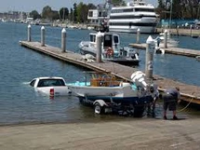
Boat Ramp Etiquette
April 12, 2016
WHAT IS BOAT RAMP ETIQUETTE? Boat ramp etiquette is important and is oftentimes overlooked. Actually what we need to do...
WHAT IS BOAT RAMP ETIQUETTE? Boat ramp etiquette is important and is oftentimes overlooked. Actually what we need to do...
Read More

Aquatic Invasive Species and Plants
March 23, 2016
What is this about? Preventing the spread of aquatic aquatic invasive species and plants is a nationwide issue. Although...
What is this about? Preventing the spread of aquatic aquatic invasive species and plants is a nationwide issue. Although...
Read More
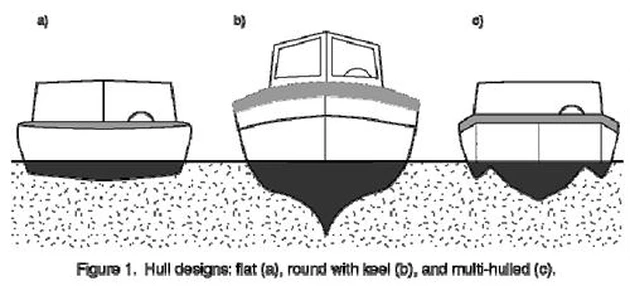
What is the Difference Between Hulls
March 17, 2016
What is the difference between hulls you ask? There is a huge difference between hulls and to clarify, there are...
What is the difference between hulls you ask? There is a huge difference between hulls and to clarify, there are...
Read More
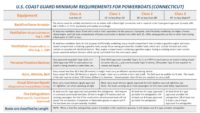
Powerboat Requirements and Length Classifications
March 8, 2016
WHY IS THE LENGTH OF THE BOAT RELEVANT? It is important for the authorities to distinguish powerboat requirements and length...
WHY IS THE LENGTH OF THE BOAT RELEVANT? It is important for the authorities to distinguish powerboat requirements and length...
Read More
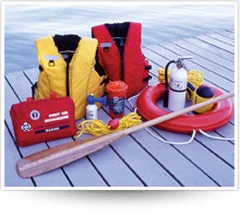
Can Safety be taken Overboard?
February 26, 2016
SAFETY OVERVIEW I’m often asked can safety be taken overboard. Not always in those exact terms but you get the...
SAFETY OVERVIEW I’m often asked can safety be taken overboard. Not always in those exact terms but you get the...
Read More
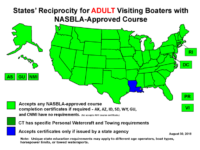
Is the Connecticut Boaters License reciprocal in other states?
February 26, 2016
CONNECTICUTS RECIPROCITY Connecticut is required by law to teach the Boaters License threefold. This means we teach the NASBLA Core,...
CONNECTICUTS RECIPROCITY Connecticut is required by law to teach the Boaters License threefold. This means we teach the NASBLA Core,...
Read More
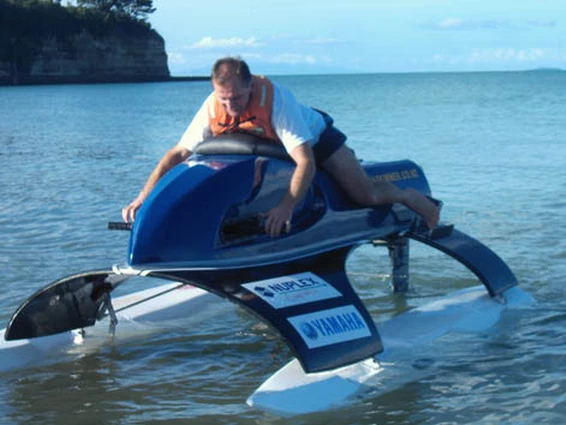
Personal Watercrafts Defined
February 23, 2016
HOW ARE PERSONAL WATERCRAFTS DEFINED Personal Watercraft are defined as a Jet driven vessel that the rider sits, kneels, stands,...
HOW ARE PERSONAL WATERCRAFTS DEFINED Personal Watercraft are defined as a Jet driven vessel that the rider sits, kneels, stands,...
Read More
We are here to help...